Labor Cost Reduction
In the Robotic Bartender Market, the rising costs associated with labor are prompting establishments to consider robotic solutions. By deploying robotic bartenders, businesses can significantly reduce labor expenses, as these systems require less human oversight and can operate continuously. This shift is particularly relevant in high-demand environments such as bars and restaurants, where labor shortages have become a pressing issue. The potential for cost savings, estimated to be around 30% in labor costs, is driving the adoption of robotic bartenders. Consequently, this trend is likely to reshape the operational landscape of the beverage service industry.
Technological Integration
The integration of advanced technologies into the Robotic Bartender Market is a primary driver of growth. Innovations such as artificial intelligence, machine learning, and automation are enhancing the capabilities of robotic bartenders. These technologies allow for personalized drink recommendations and efficient service, which appeal to consumers seeking unique experiences. The market is projected to grow at a compound annual growth rate of approximately 20% over the next five years, driven by these technological advancements. As establishments increasingly adopt these systems, the demand for robotic bartenders is likely to rise, indicating a shift in how beverages are served and consumed.
Enhanced Customer Engagement
The Robotic Bartender Market is witnessing a surge in demand due to the emphasis on enhancing customer engagement. Robotic bartenders offer interactive experiences that captivate patrons, making them a focal point in social settings. This engagement is not only about serving drinks but also about creating memorable experiences that encourage repeat visits. Establishments that incorporate these robots often report increased customer satisfaction and longer dwell times, which can lead to higher sales. As the market evolves, the ability of robotic bartenders to engage customers effectively is likely to become a key differentiator for businesses.
Health and Safety Considerations
Health and safety concerns are increasingly influencing the Robotic Bartender Market. The deployment of robotic bartenders can minimize human contact, thereby addressing hygiene issues that are paramount in food and beverage service. These systems can be programmed to follow strict sanitation protocols, ensuring that drinks are prepared in a clean environment. As consumers become more health-conscious, the appeal of robotic bartenders that prioritize safety is likely to grow. This trend may lead to a broader acceptance of robotic solutions in various service sectors, further propelling the market forward.
Customization and Personalization Trends
The demand for customization in the beverage industry is a significant driver in the Robotic Bartender Market. Consumers increasingly seek personalized drink options that cater to their individual tastes and preferences. Robotic bartenders can utilize data analytics to create tailored drink recipes, enhancing the overall customer experience. This capability not only satisfies consumer desires for unique offerings but also allows establishments to differentiate themselves in a competitive market. As the trend towards personalization continues, the adoption of robotic bartenders that can deliver customized experiences is expected to rise, indicating a promising future for the industry.


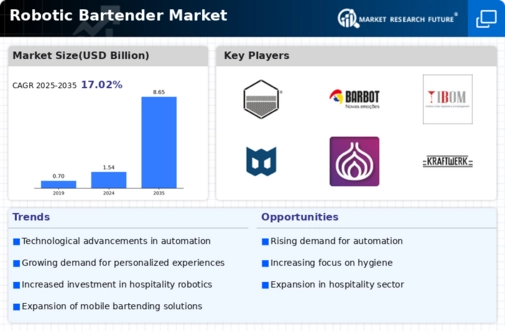

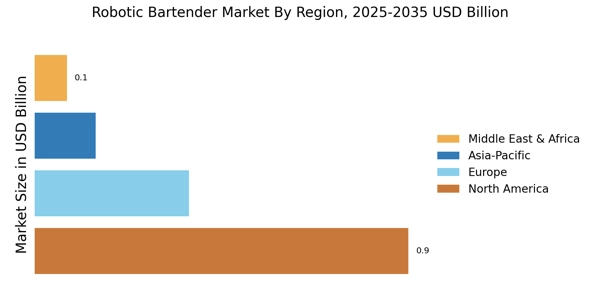


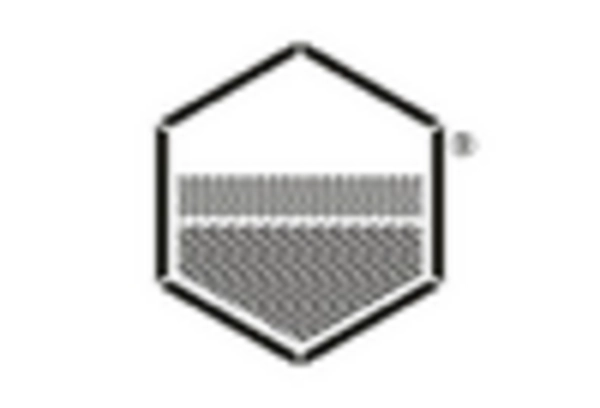
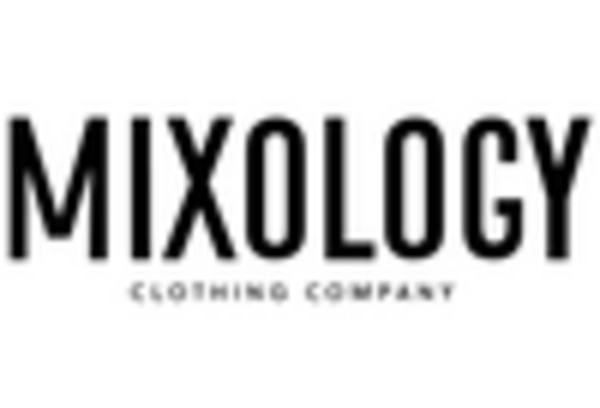
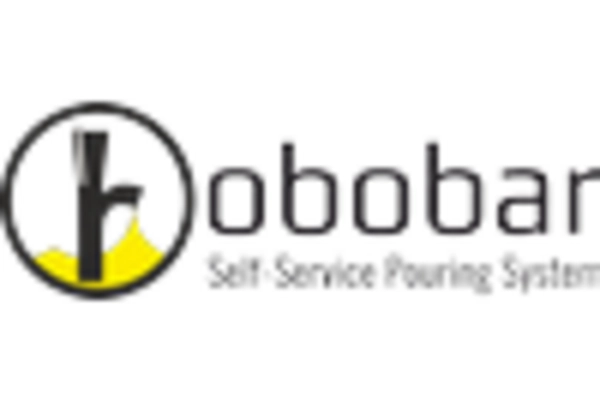









Leave a Comment